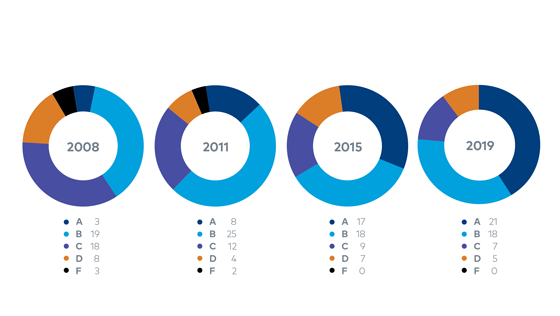what are the three levels of palliative care
The care is provided in your home nursing home assisted living or inpatient hospice facility. Traditional home care home palliative care and home hospice.
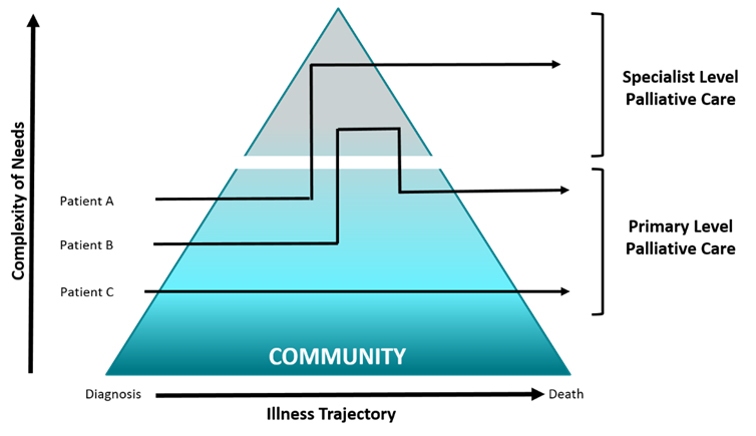
Who Provides Palliative Care And Where Ontario Palliative Care Network
The provision of community nursing support for persons with an intellectual disability and.
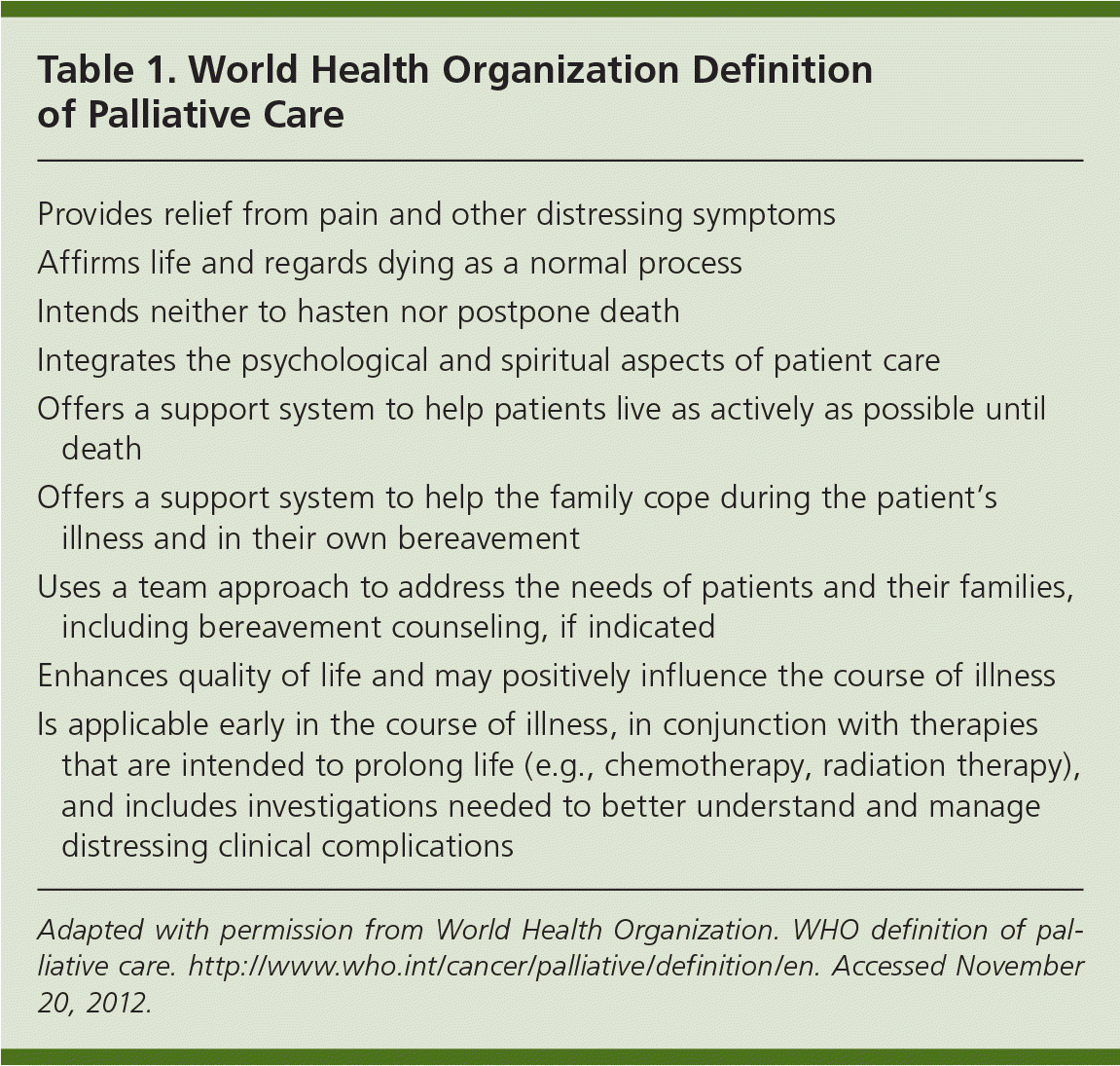
. 2 Every Medicare-certified hospice provider must offer all four levels of care. Palliative care services in Ireland are organized into three tiers of increasing specialization. Palliative care can be helpful at any stage of illness and is best provided soon after a person is diagnosed.
Palliative care is an approach that improves the quality of life of patients adults and children and their families who are facing problems associated with life-threatening illness. Patient problems and symptoms are adequately controlled by an established plan of care. It prevents and relieves suffering through the early identification correct assessment and treatment of pain and other problems whether physical psychosocial.
Three levels of ascending specialisation of Palliative Care from publication. If the resident has one or more advanced life-limiting illnesses. Palliative care provision is the responsibility of the whole healthcare team and uses a team approach to planning and providing care tailored to meet the individual needs of the person and their family.
The palliative care method attempts to enhance both physical and mental well-being and is guided by the principles of palliative care described above. I palliative care approach ii generalist palliative care and iii specialist palliative care. The 4 palliative care patient phases are.
Level three Specialist Palliative Care. Nurses and physicians work together at this point of the care plan to ensure you maintain as much independence. Finds out from you who you want to help plan and give you care.
There are generally three levels of care covered by insurance in the home setting. Whatever the illness or its stage the palliative care approach is an. 5 stages of palliative care.
PCOC palliative care phases. A holistic approach incorporating the whole spectrum of care medical nursing psychological social cultural and spiritual is good medical practice whatever the patients illness wherever the patient is under care whatever hisher social status creed. Members of the working group included Michael Bennett Eduardo Bruera Liliana De Lima Derek Doyle Julia Downing Clara Granda-Cameron Peter Hudson Scott Murray.
Principles of palliative care. SPC services are those services whose core activity is limited to the provisional of palliative care The Report recommended that in each region which at that time constituted a health board area all three levels of service provision should be available and all patients should be able to. Receiving palliative care doesnt always mean youre coming to the end of your life.
Medical social workers interdisciplinary teams and a chaplain provide emotional and spiritual care for you and your family. These are illnesses that cant be cured such as cancer chronic kidney disease lung disease or dementia. Three levels of intervention were identified.
If you have Medicare Part A and Part B you dont pay anything for hospice. Helps you understand your illness and what you can expect in the future. Palliative care is for anyone living with chronic diseases or life-limiting illnesses.
Healthcare professionals you and your family are often involved in making this plan. In fact some people miss out on palliative support because. Level three Specialist Palliative Care.
An urgent change in the plan of emergency treatment is required due to a new problem not anticipated in the existing care plan rapid increase in severity of a current. Levels of palliative care specialisation. IAHPC List of Essential Practices in Palliative Care The objective of this study was to identify through a consensus process the essential practices in primary palliative care.
The four levels of hospice include routine home care continuous home care general inpatient care and respite care. Palliative care is a crucial part of integrated people-centred health services IPCHS. Download Table 1.
Its a care type thats often misunderstood with many believing that its only suitable for those living with a late stage terminal illness. Palliative Care Approach Level 1. Thus whether the cause of suffering is cancer or major organ failure drug-resistant tuberculosis or severe burns end-stage chronic illness or acute trauma.
It aims to improve the quality of life of patients their families and their caregivers. Nothing is more people-centred than relieving their suffering be it physical psychological social or spiritual. Respects your needs and wants as well as those of your family and other loved ones.
It can be confusing to. Medicare defines four levels of hospice care. The goal of palliative care is to make patients more comfortable and that generally means relieving side effects and symptoms of disease and curative treatments.
Palliative care respects the goals likes and choices of the dying person. Offers care and support for residents who are experiencing advanced life-limiting illnesses and their families. In keeping with international trends the three.
The principles of palliative care might simply be regarded as those of good clinical practice. If treatment goals are comfort care focused rather than cure focused. Palliative care is the active holistic care of individuals across all ages with serious health-related suffering due to severe illness and especially of those near the end of life.
Within a healthcare team are three levels of palliative care provision with increasing specialisation. But you may need to pay your share of the costs for services that are not related to your main illness. Approved by the HPNA Education Services Committee.
The consensus-based definition is as follows. Please discuss any questions with your hospice and palliative care team to make the best decision based on your goals. It aims to improve the quality of life of patients their families and their caregivers.
It should be flexible to provide the right care as your illness evolves. The care team consults with the patient to determine what type of relief is most important but there are some common symptoms that palliative teams often address. Hospice offers four levels of care as defined by Medicare to meet the varying needs of patients and their families.
If the residents quality of life is at risk.
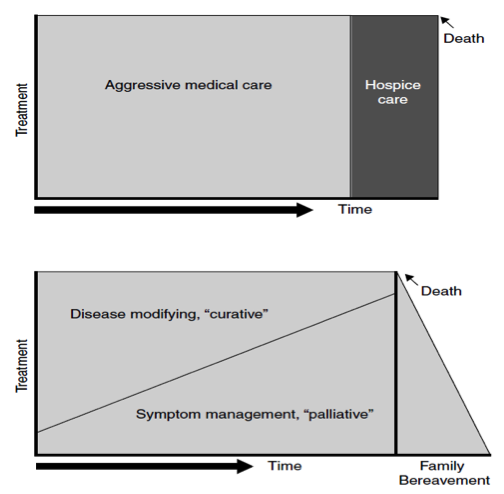
Models Of Organized End Of Life Care Palliative Care Vs Hospice Nursing Care At The End Of Life

Palliative Care As An Essential Component Of The Hiv Care Continuum The Lancet Hiv
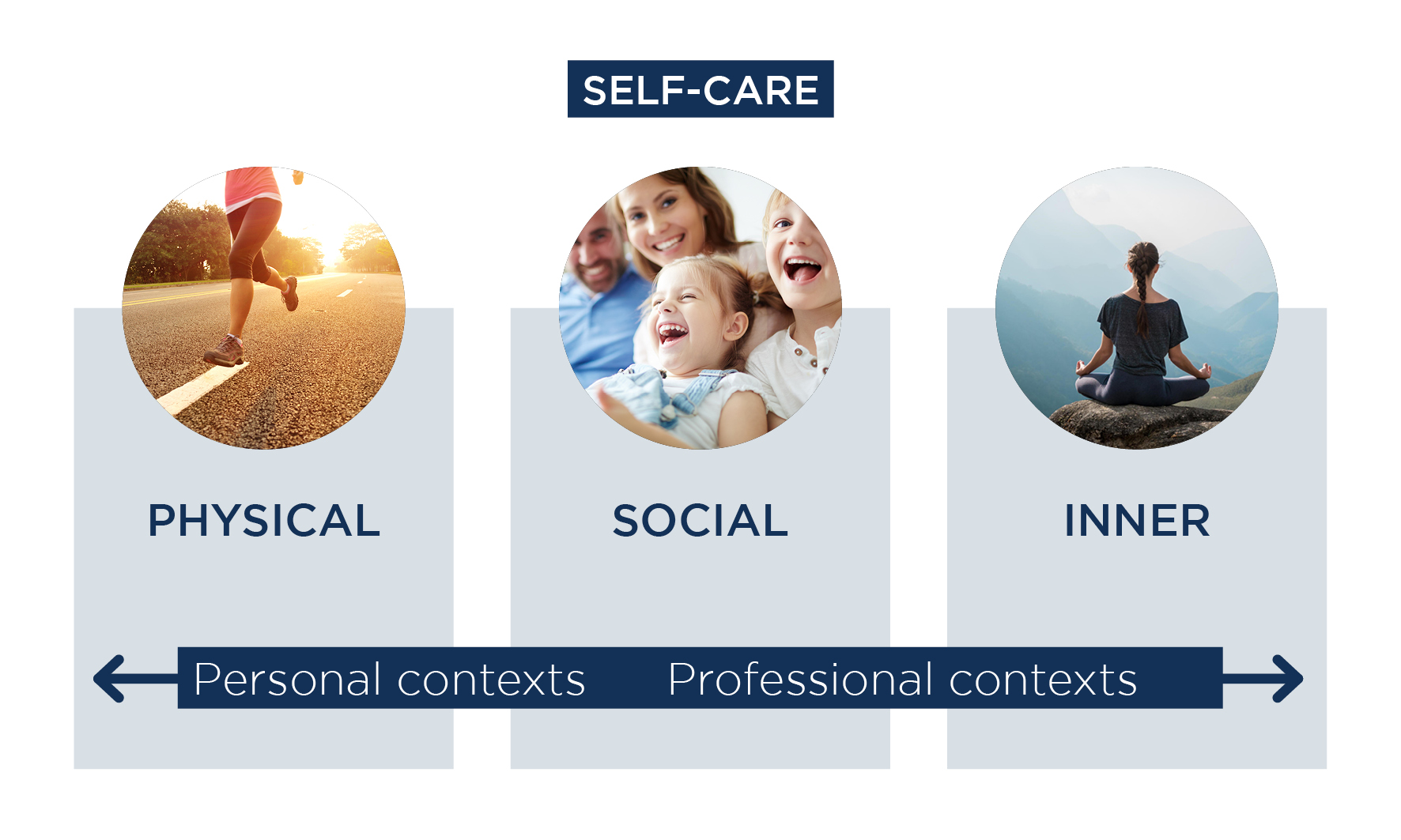
Practising Self Care Palliative Care Australia
Supporting Clients Palliative And End Of Life Care Homeless Palliative Care Toolkit

Levels Of Palliative Care 11 Download Scientific Diagram

Figure Domains Of Palliative Care Adapted From Clarke 2003 Note Download Scientific Diagram

Hospice Care An Overview Sciencedirect Topics
Difference Between Hospice And Palliative Care Concept Care Given Eligibility

Figure Domains Of Palliative Care Adapted From Clarke 2003 Note Download Scientific Diagram

Palliative Care Benefits Barriers And Best Practices

Palliative Care Vs Hospice How Do They Differ

1 Three Levels Of Ascending Specialisation Of Palliative Care Download Table

Nursing Attributes In Palliative Care Download Table
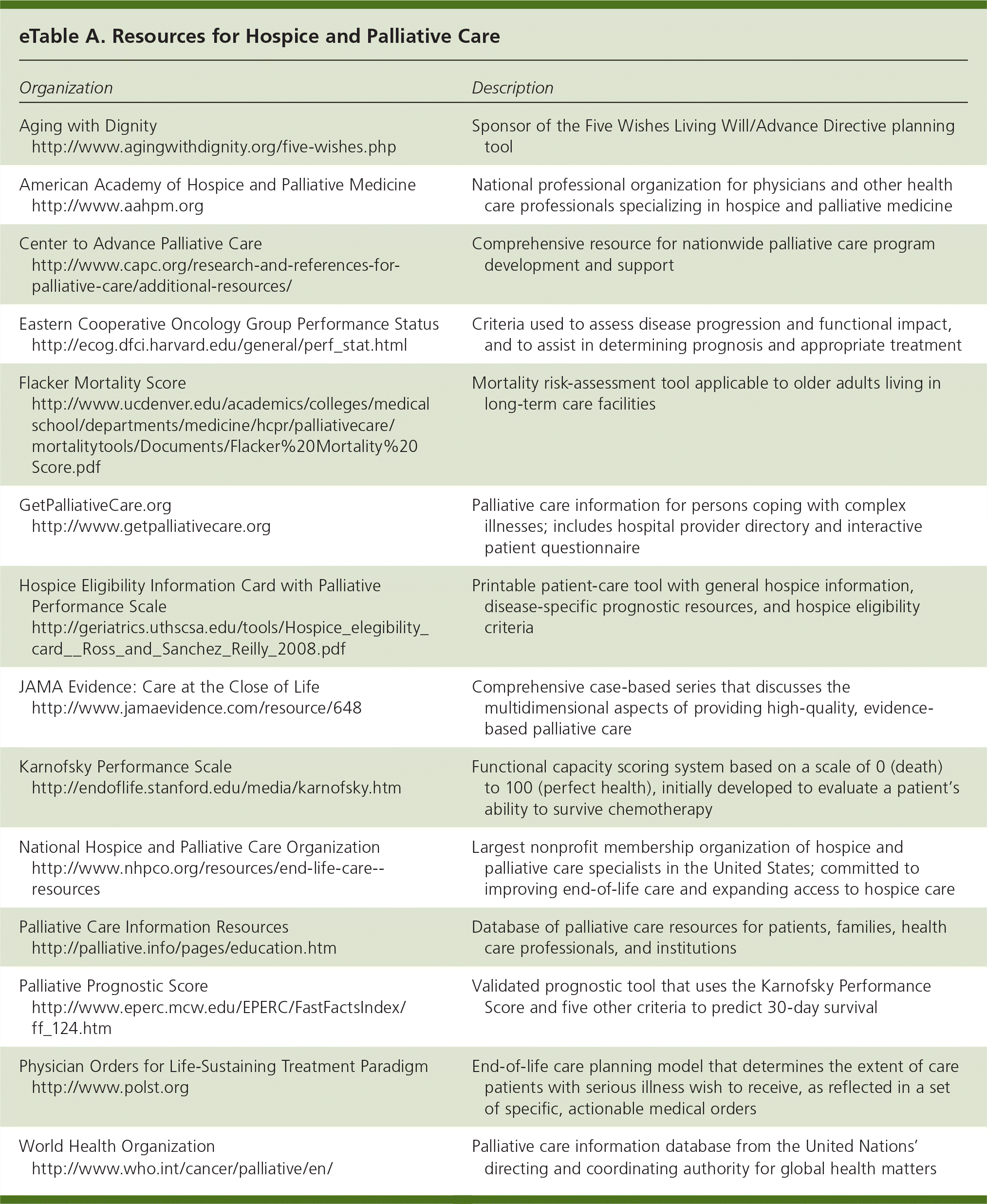
Palliative Care Benefits Barriers And Best Practices

Integration Of Oncology And Palliative Care A Lancet Oncology Commission The Lancet Oncology
